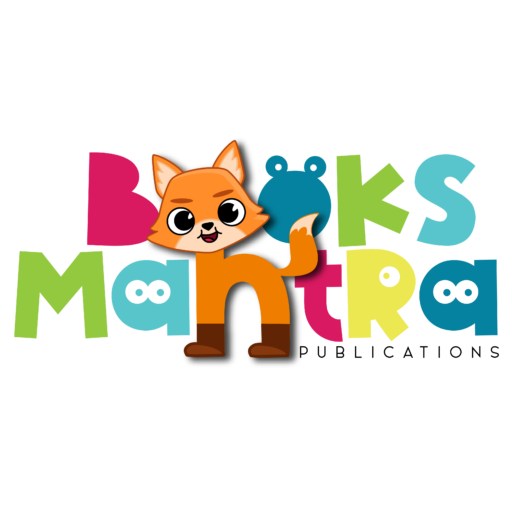-
Posted by : Books Mantra
The Evolution of Children's Book Publishing: Exploring Hybrid Publishing with BooksMantra Publication

The world of children’s book publishing has undergone a remarkable transformation in recent years, thanks to advancements in technology and shifts in the traditional publishing landscape. One such innovative approach that has gained prominence is hybrid publishing. This article delves into the concept of hybrid publishing and its application within the realm of children’s books, with a special focus on the pioneering efforts of BooksMantra Publication.
The Rise of Hybrid Publishing
Hybrid publishing represents a middle ground between traditional publishing and self-publishing. It combines elements of both models to provide authors with greater creative control over their work while benefiting from the expertise and resources of a publishing company. This approach allows authors to maintain ownership of their intellectual property and contribute to various aspects of the publishing process, such as editing, cover design, and marketing.
Children’s Book Publishing and Its Unique Challenges
Publishing children’s books comes with its own set of challenges. Apart from the creative and linguistic aspects of storytelling, factors such as visual appeal, age-appropriate content, and educational value play a crucial role. Traditional publishing, while offering established distribution channels and editorial support, might sometimes limit the author’s artistic freedom, particularly in genres that demand more illustrative content.
BooksMantra Publication: Bridging the Gap
In this changing landscape, BooksMantra Publication has emerged as a trailblazer in the field of hybrid publishing, especially within the children’s book genre. The company’s approach emphasizes collaboration between authors and a team of professionals, including illustrators, editors, and designers. This approach ensures that the author’s vision is realized while maintaining industry standards.
Advantages of Hybrid Publishing for Children’s Books
Creative Autonomy: Authors working with hybrid publishers like BooksMantra Publication can retain creative control over their stories, illustrations, and overall presentation. This is especially important for children’s books, where the visuals are as integral as the text.
Customization: Hybrid publishing allows authors to customize their publishing packages according to their needs. For children’s books, this might involve selecting a particular illustration style or format that complements the story.
Market Access: Through hybrid publishing, authors can tap into the publisher’s established distribution network, making it easier for their books to reach a wider audience, including schools, libraries, and online retailers.
Professional Expertise: Hybrid publishers often provide professional editing, design, and marketing services that are essential for creating high-quality children’s books that resonate with both young readers and parents.
The Collaborative Process at BooksMantra Publication
BooksMantra Publication’s approach to hybrid publishing involves close collaboration between authors and their team. Authors work closely with editors to refine their manuscripts and illustrators to bring their stories to life visually. This collaborative approach ensures that the final product is a seamless fusion of storytelling and art, tailored to captivate young minds.
Conclusion
As the world of children’s book publishing continues to evolve, hybrid publishing models like the one championed by BooksMantra Publication offer authors a pathway that marries creative control with professional expertise. This approach not only allows authors to bring their imaginative stories to life but also ensures that these stories are presented in a visually engaging and impactful manner for young readers. With such innovative strides, the future of children’s book publishing looks brighter and more diverse than ever before.
- Tags:
- Blogs
